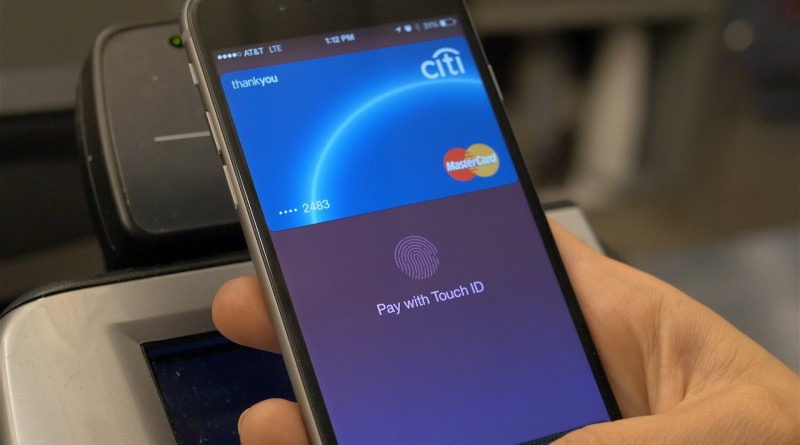Five Great Innovations From MasterCard That Are Changing The World Today
A couple of days ago MasterCard’s innovation lab in Dublin opened its doors to let journalists see what groundbreaking technologies the company is currently working on. A fridge that orders food by itself, payment verification by heart beat and other cool things – see for yourself how Mastercard is disrupting payment technologies.
Payment verification by selfie, iris and heart rate
The most popular payment verification methods today are static and dynamic passwords. Both methods are far from being absolutely convenient. A static password must be always kept in mind and can be easily stolen, while SMS passwords can be accessed by cyber frauds breaking in your smartphone. There is of course a fingerprint method, too, but such scanner is only available on a narrow set of devices.
This winter, MasterCard has introduced a new payment verification system that uses a selfie photo to its UK users. In summer 2016, this service will be made available for users in 14 other countries. This is an application that asks user to take a selfie or scan his/her fingerprints using smartphone’s camera when paying with a MasterCard. All you need for this is the iPhone running on iOS 7 and above or Android 4.1 and above. Currently, the company also tests iris and voice recognition algorithms.
There is another payment verification method that uses a heart rate measuring device. Interestingly enough, heart rate is an indicator unique for every man on Earth, just like fingerprints.. MasterCard is working on this technology together with a portable electronics manufacturer Nymi. At very first use the bracelet reads user’s electrocardiogram and, in case of further purchases, connects to a smartphone to check whether the legitimate owner uses the card or not.
Smartphone controlled washing machine
More than 25 million smartphone owners in the United States use commercial Laundromats which only take two bits for a pay. Each year Laundromat prices get higher and the task turns into a quest where you have to exchange your banknotes against relevant coins. The cost of a single wash can rise up to $8 and it causes a lot of nuisance for a big bunch of people.
Lately MasterCard has offered a solution to this problem by retrofitting WhirlPool and Maytag washing machines with control modules, operated from a smartphone. Customers of a laundry can install a simple app and use it to control the washing cycle, pay for services, receive notifications when the process is finished and check their laundry via a webcam installed on the premises. This technology is being test-run on five thousand washing machines in the U.S.
Table reservation, food ordering and paying checks in restaurants with a mobile application
Coffeeshop visitors often waste their precious time waiting for a waiter to take their order, bring a bill or change. Recently, MasterCard has teamed up with such restaurant chains as Wagamama, Zizzi and Ask Italian to build and launch Qkr! with MasterPass application allowing to reserve tables, order food and pay checks in restaurants using a smartphone. This technology works in a few hundred restaurants in America, Canada, Great Britain, Australia, Colombia, Chile, Ireland, Italy and Turkey.
This app is good for large companies, too – hosts may pick their orders from a common list and share a check or add a tip for a waiter if they wish so.
Buying food in a vending machine with a mobile application
The above mentioned app can also work with vending machines. In order to make a purchase you must launch an app, choose the nearest vending machine and a product you want. After successful payment, the product will drop out automatically.
Fridge that orders food for its owner
This winter, Samsung has come up with a new fridge – Samsung Family Hub – equipped with a 21.5-inch sensor display and access to the Internet. Owner of such a device can browse through numerous online stores right on the fridge display and place an order without delay. The money will be withdrawn from their bank account automatically. Each product can be added either manually or by scanning a barcode on its package. Further on, the developers are planning to teach the app to analyze user habits and form automatic shopping list. In 2016, Samsung and MasterCard plan to invite more than 130 U.S. food suppliers to join their network.

